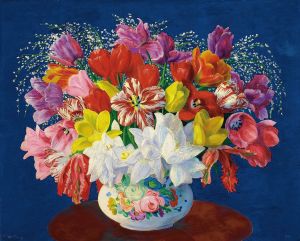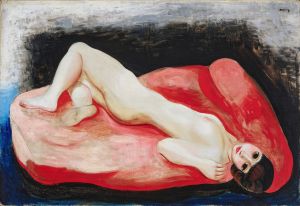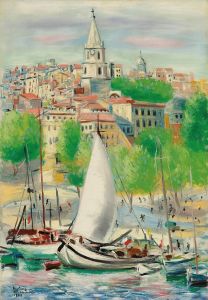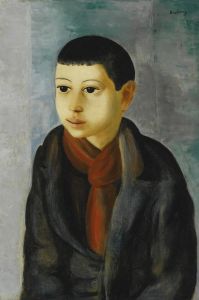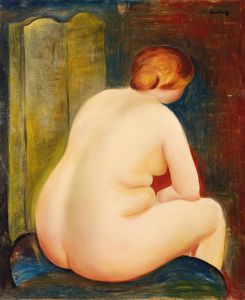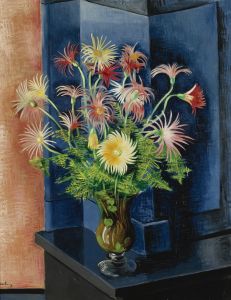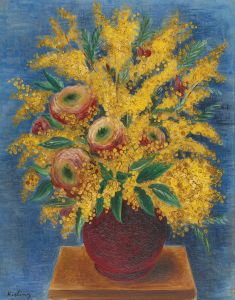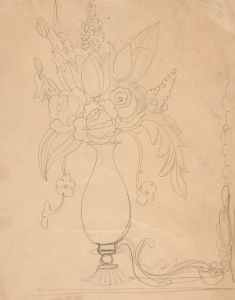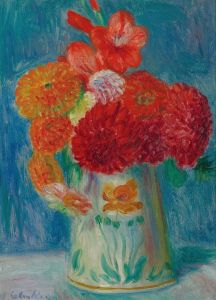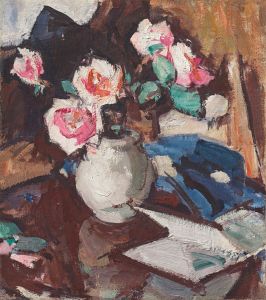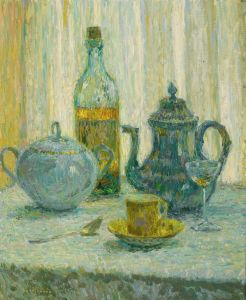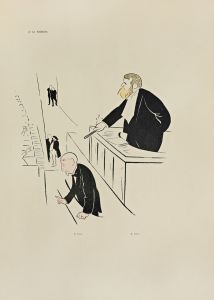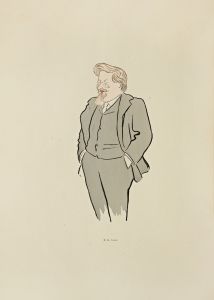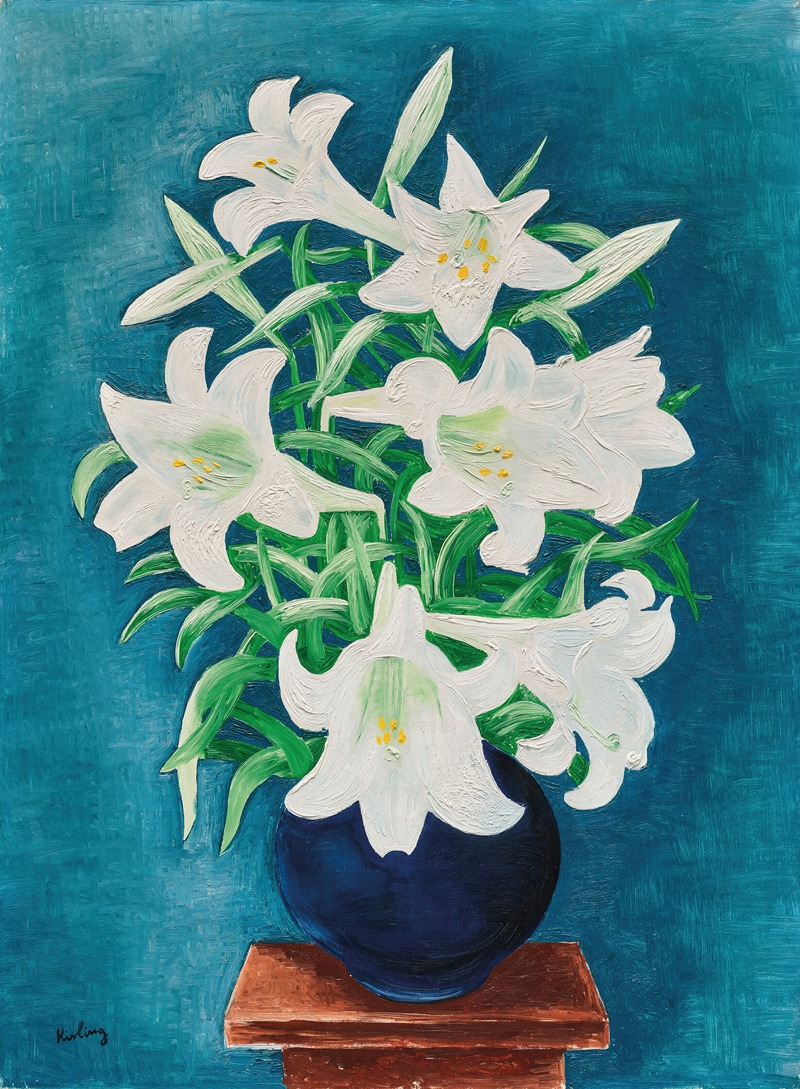
Vase de lys
A hand-painted replica of Moïse Kisling’s masterpiece Vase de lys, meticulously crafted by professional artists to capture the true essence of the original. Each piece is created with museum-quality canvas and rare mineral pigments, carefully painted by experienced artists with delicate brushstrokes and rich, layered colors to perfectly recreate the texture of the original artwork. Unlike machine-printed reproductions, this hand-painted version brings the painting to life, infused with the artist’s emotions and skill in every stroke. Whether for personal collection or home decoration, it instantly elevates the artistic atmosphere of any space.
Moïse Kisling, a Polish-born French painter, is renowned for his vibrant and emotive works that often feature portraits, nudes, and still lifes. One of his notable works is "Vase de lys," which exemplifies his unique style and mastery in capturing the essence of his subjects. Kisling was part of the early 20th-century Parisian art scene, a period marked by significant artistic innovation and the convergence of various avant-garde movements.
"Vase de lys" is a still life painting that showcases Kisling's ability to infuse life and emotion into inanimate objects. The painting features a vase filled with lilies, a subject that allows Kisling to explore the interplay of color, light, and form. His use of bold colors and dynamic brushstrokes brings a sense of vitality to the composition, making the flowers appear almost alive. The lilies, with their elegant and elongated forms, are rendered with meticulous attention to detail, highlighting Kisling's technical skill and his appreciation for the beauty of natural forms.
Kisling's approach to still life painting often involved a combination of realism and expressionism. In "Vase de lys," this is evident in the way he balances the realistic depiction of the flowers with a more expressive use of color and texture. The background of the painting is typically less detailed, allowing the vibrant lilies to stand out and capture the viewer's attention. This technique not only emphasizes the subject but also creates a sense of depth and dimension within the composition.
The choice of lilies as the subject matter may also hold symbolic significance. Lilies are often associated with purity, renewal, and beauty, themes that resonate with Kisling's broader artistic vision. By focusing on such a subject, Kisling invites viewers to contemplate the transient nature of beauty and the delicate balance between life and art.
Kisling's work, including "Vase de lys," reflects his diverse influences and his interactions with other artists of his time. He was associated with the École de Paris, a group of international artists who lived and worked in Paris during the early 20th century. This environment fostered a rich exchange of ideas and styles, contributing to Kisling's development as an artist. His friendships with prominent figures such as Amedeo Modigliani and Jules Pascin further enriched his artistic perspective and helped him refine his distinctive style.
"Vase de lys" is a testament to Kisling's enduring legacy as an artist who could convey emotion and beauty through his work. His ability to blend different artistic elements into a cohesive and compelling composition is evident in this painting, making it a significant piece within his oeuvre. Today, Kisling's works are celebrated for their vibrant colors, emotional depth, and unique style, securing his place in the history of modern art.
While specific details about the provenance or exhibition history of "Vase de lys" may not be widely documented, the painting remains an important example of Kisling's contribution to the still life genre. His works continue to be studied and appreciated for their artistic merit and their reflection of the dynamic cultural landscape of early 20th-century Paris.





